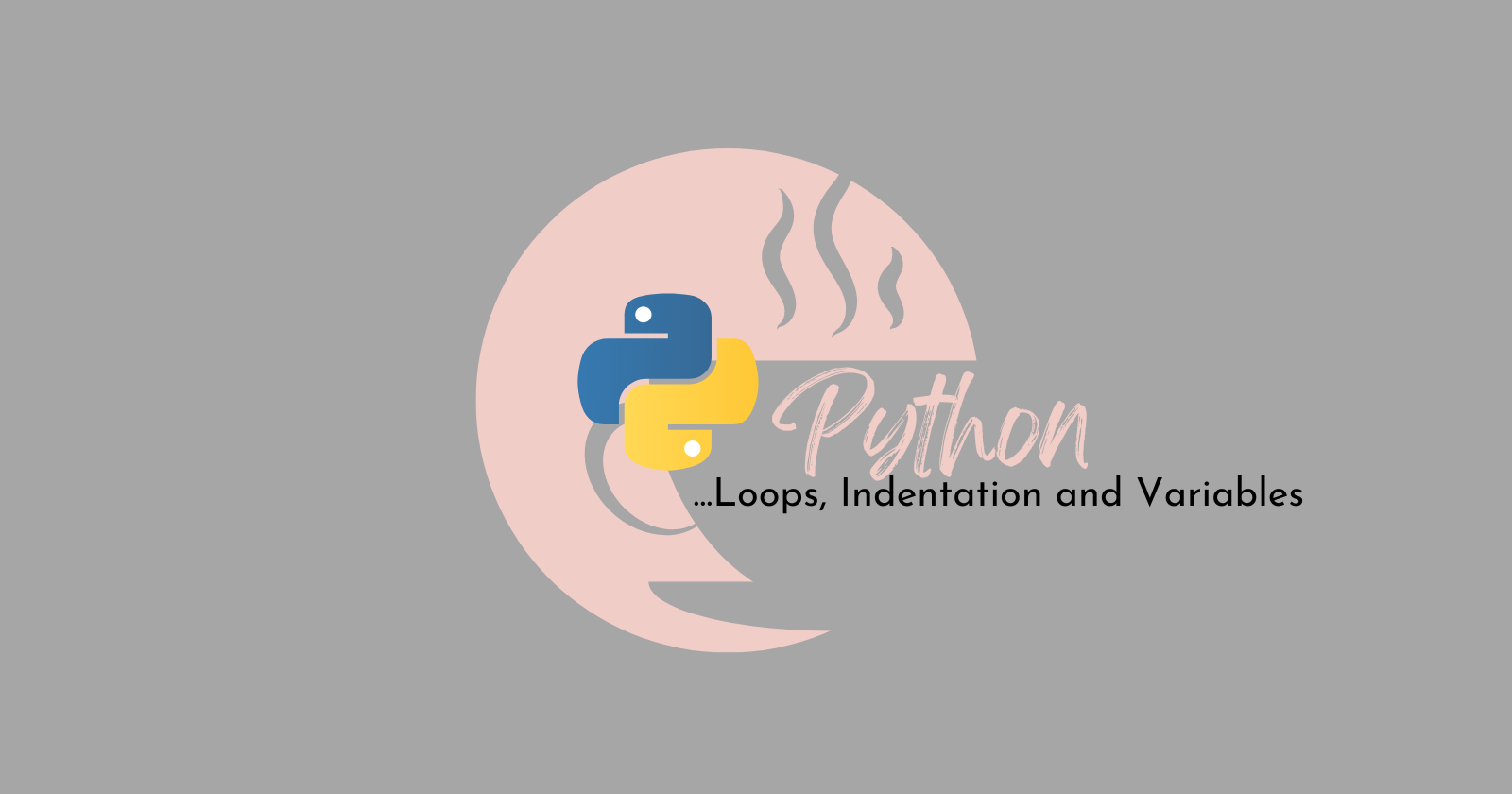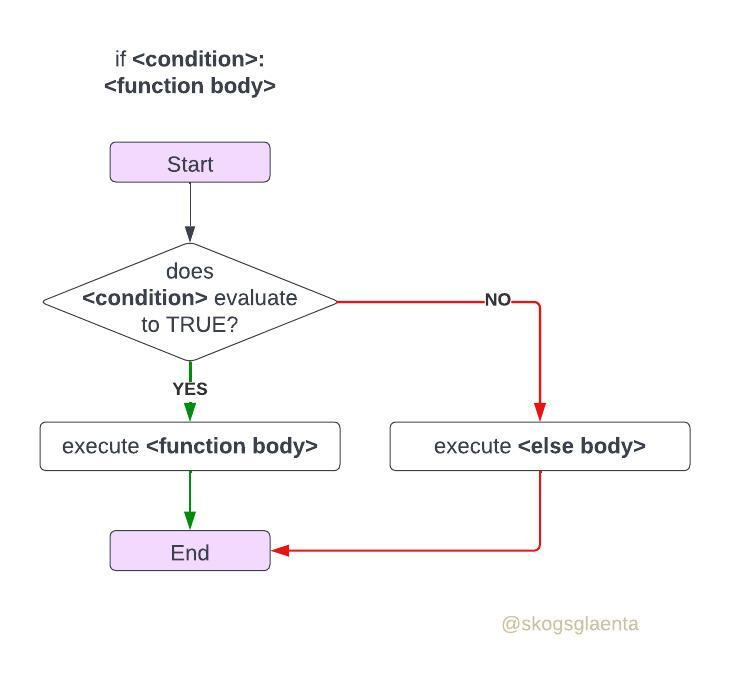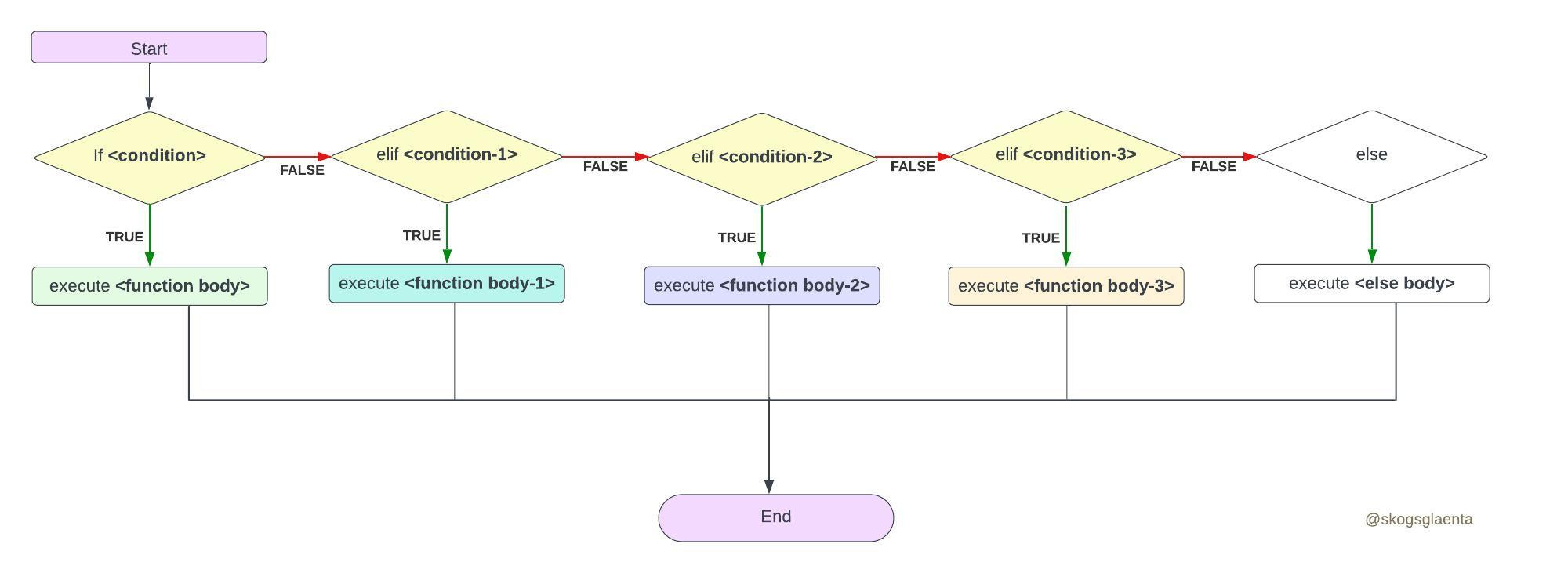Unlocking the Power of Python
 Sandra Ashipala (sandramsc)
Sandra Ashipala (sandramsc)
Developed by Guido van Rossum in 1991, Python has evolved into an extremely versatile and powerful programming language that is well-known to both beginners and seasoned developers alike. Its clean and elegant syntax makes coding a breeze, allowing us to focus on unleashing our creativity and problem-solving skills. From creating interactive games to automating daily tasks, Python provides a powerful platform for bringing ideas to life.
This post will cover the initial fundamental requirements to get started with understanding and programming in Python, from loops, comments and variables and is part 1 of a two-part series on Unlocking the Power of Python. So, let’s embark on this thrilling journey together, where learning becomes an adventure, and every line of code we write opens up new possibilities.
Why indentation is important in Python
In Python, indentation is very important in determining the structure and flow of your code. Unlike other programming languages that use brackets or parentheses to denote code blocks, Python uses indentation. Proper indentation ensures that your code is clear, understandable and that the Python interpreter correctly interprets it.
Take a look at the following code example:
if condition A:
print("Condition A is TRUE.")
print("Executing code block.")
else:
print("Condition A is FALSE.")
print("Executing alternate code block.")
The statements within the `if` and `else` blocks are indented by four spaces in this example. The indentation shows which statements belong to which blocks. The Python interpreter will raise an error if the indentation is wrong or inconsistent.
Python increases code readability and maintainability by requiring correct indentation. It encourages developers to write clean and well-organized code.
How to use the `if`, `if … else` statements
In Python, the `if` statement allows you to execute a block of code conditionally based on the evaluation of a Boolean expression.
Here is the syntax:
if condition:
# Code block to execute if condition is TRUE
else:
# Code block to execute if condition is FALSE
The condition is an expression that evaluates to either TRUE or FALSE. If the condition is TRUE, the code block indented under the `if` statement is executed. If the condition is FALSE, the code block indented under the `else` statement (if provided) is executed.
The following example demonstrates the usage of `if` and `if … else` statements:
age = 25
if age >= 18:
print("You are an adult.")
else:
print("You are not an adult yet.")
In the above example, if the `age` variable is greater than or equal to 18, the program will print “You are an adult“. Otherwise, it will print “You are not an adult yet.“

The image above is an illustration of the if and if … else statements.
To test more than one condition, you can also chain multiple `if` statements together using the `elif` keyword:
grade = 80
if grade >= 90:
print("Excellent!")
elif grade >= 80:
print("Good job!")
elif grade >= 70:
print("Fair")
else:
print("Not there yet.")
This example uses a program to check the value of the `grade` variable and prints different messages based on the grade range.


The image above is an illustration of the if … elif …else statements.
How to use comments
Comments are very helpful in adding explanations to your code. They give context, explanations, or reminders about the purpose of code functionalities for yourself and other programmers who read it. The sign `#` is used to add comments in Python. Anything on the same line that follows the `#` sign is considered a comment and is disregarded by the Python interpreter when the code is run.
Here is the syntax:
# This is a comment
print("Hello, World!")
Comments can assist with documenting your code and make it easier to comprehend and maintain. They can also help you with temporarily disabling or excluding specific lines of code without completely deleting them.
How to assign values to variables
In Python, you can assign values to variables using the assignment operator `=`. The variable of the left side of the operator receives the value on the right side.
name = "Spring"
age = 25
In the above example, the variable name is assigned the string value “Spring“ and the variable `age` is assigned the integer value 25.
Python is a dynamically typed language, which means that you don’t need to explicitly declare the type of variable. The type is inferred based on the value assigned to it.
The value of one variable can also be assigned to another value:
x = 10
# Assignes the value of x = 10 to y
y = x
In the example above, the value of `x` is assigned to `y`, resulting in both variables having the same value (10).
How to use the `while` and `for` loops
There are two types of loops that can be used in Python, namely the `while` loop and the `for` loop. The `while` loop repeatedly executes a block of code as long as a specified condition remains TRUE. The loop will continue to execute the code block until the condition becomes FALSE. If the condition is initially FALSE, the code block will not execute at all.
Here is the syntax for a `while` loop:
while condition A:
# Code block to execute while condition A is TRUE
Here is an example that illustrates the usage of a `while` loop:
count = 0
while count < 15:
print("Count:", count)
count += 1
The loop prints the current value of `count` and increments it by 1 in each iteration. The loop is repeated until `count` reaches 15.
The `for` loop, on the other hand, is used to iterate over a sequence (such as a list, tuple, or string) or any iterable object. It assigns each item from the sequence to a variable and executes a code block for each item.
Here is the syntax for a `for` loop:
for item in sequence:
# Code block to execute for each item
Here is an example that illustrates the usage of a `for` loop:
fruits = ["apple", "banana", "cantaloupe"]
for fruit in fruits:
print(fruit)
# Returns:
# apple
# banana
# cantaloupe
In the above example, the loop iterates over the `fruits` list and prints each item in the list.

The above image is an illustration of the while and for loop.
Reminder (ᵔ◡ᵔ): As you embark on your learning journey, remember to practice regularly and challenge yourself with coding exercises.
Conclusion
In conclusion, Python's versatility and power make it a programming language that captivates beginners and experienced developers alike. Its clean syntax and emphasis on creativity and problem-solving make coding a delightful experience. This post covered essential elements such as loops, comments, variables, and conditional statements. Dive deeper into Python, and unlock a world of limitless possibilities.
By grasping the above concepts, you've taken the first steps towards becoming a proficient programmer. However, this is just the beginning of your journey into the world of coding. There is so much more to explore and learn!
In Part 2 of Unlocking the Power of Python, we will delve into functions and the range function.
Stay curious, stay dedicated, and happy coding!
Subscribe to my newsletter
Read articles from Sandra Ashipala (sandramsc) directly inside your inbox. Subscribe to the newsletter, and don't miss out.
Written by

Sandra Ashipala (sandramsc)
Sandra Ashipala (sandramsc)
MSc. Computer Science graduate, 2019, exploring the world of Software Engineering w/ DevOps | Open Source, and blogging about it.